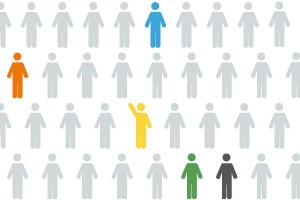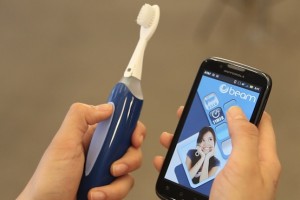 The Consumer Electronics Show this month has led to lots of press on the internet of things, where every gadget and device is connected to the internet, and sending and receiving data.
The Consumer Electronics Show this month has led to lots of press on the internet of things, where every gadget and device is connected to the internet, and sending and receiving data.
Samsung’s Chief Executive pledged that every single piece of Samsung hardware will be connected to the internet within five years, including TVs and domestic appliances. This is very much science fact, not science fiction, and while many will yell is there no privacy left in this world, I would like to suggest my top 3, the first of which I presented for the first time back in 2008:
1. The kitchen – imagine if you are on a controlled diet and you decide to break the rules and cook a ready-meal in the microwave followed by sticky-toffee pudding. Your fridge sensors notice what has been removed from the freezer compartment and the microwave tells your fridge you are about to cook that high-fat, sugar-and-salt meal. The microwave declines your request. You are the system administrator of your kitchen, so you override the microwave and instruct it to cook the food. Your microwave obeys, but it then notifies the fridge, which as the central processing unit of the kitchen sends a note to your doctor and your insurance company, and now you are no longer insured.
2. Fruit & Vegetables – coming from a background of food, I always wondered why my father had to keep a box of fruit that was always bruised or damaged to one side. With RFID chips on the cartons plus tighter planning with transportation schedules, more fruit makes it to its destination intact and bad apples cannot influence the rest of the crate.
3. The health pill – my favourite of the three, which is a tiny pill that you take weekly that monitors your wellbeing and sends a weekly status check to your doctor over wifi via a traffic light system. If it displays green you continue as normal; amber and you are sent a text message asking you to make an appointment; if the doctor receives a red signal, you are called within the hour. Preventative action can save the health services millions and technology must be used to help facilitate change.
I am all for the internet of things because the possibilities are endless, I just think they could have found a more interesting name for it.






